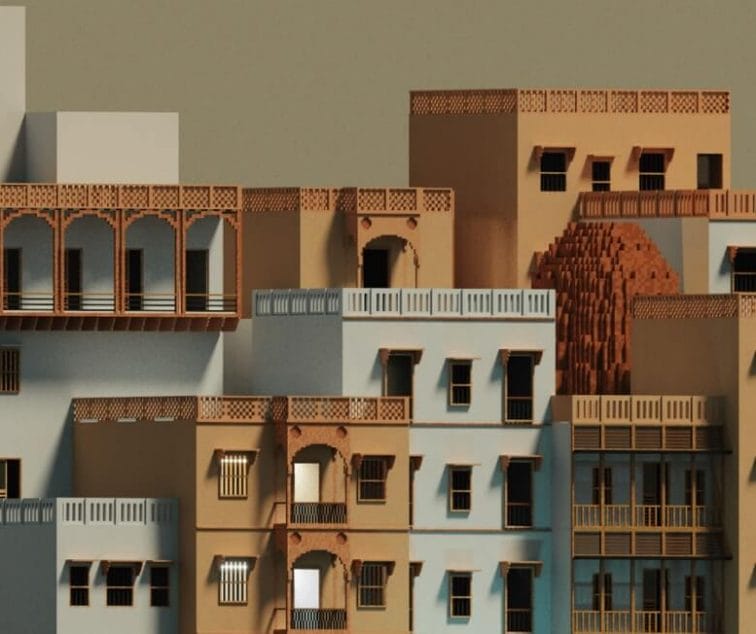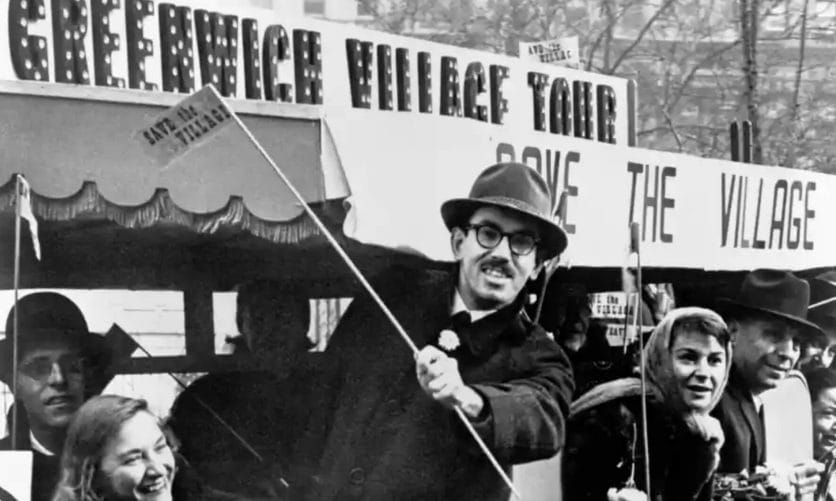Can Virtual Cities Replace Physical Ones?
In a controversial tweet, blockchain investor Balaji Srinivasan set out his rules for “how to start a new city”. The very first step, he declared was to “build a community in the cloud”.
According to Srinivasan, the cloud community should come first. As more people join the community, the economy, norms, laws and architecture (VR, of course) can take shape. In the final step, the virtual community is materialised, manifesting as a physical city in the real world, as community members negotiate with the state to purchase land.
Geographic space once played a major role in defining communities, but the internet is now decoupling our conception of boundaries. Srinivasan’s idea of community-building ties in nicely with the concept of virtual nations, which sever physical location from notions like citizenship and government policies.

Estonia, which now offers an e-residency visa enabling non-Estonian citizens to access government services like business formation, banking and taxation, is an early example of the virtual nation in play. E-residents enjoy many of the same administrative rights and responsibilities as actual residents, but do not have the permission to live in Estonia or the EU.
Discord channels are another example of online communities taking on larger-than-life dimensions. Once the domain of gamers, Discord channels and communities are now offering new modes of community-building, enabling users all over the world to chat with each other in real time. During the first wave of Covid-19 lockdowns, Discord helped city-dwellers maintain social contact in spite of physical isolation. However, whether this can completely replace the role of physical cities is questionable.
Although virtual community formation is proving a powerful force, at present, a certain degree of physical manifestation is still necessary before a community can function fully as a city. Virtual reality still ultimately involves multiple layers of abstraction and should serve as a complement rather than a substitute for physical reality. Imagine a networked community, where digital networks support and reinforce our physical ones.

Furthermore, community formation is arguably a less difficult endeavour than the perpetuation of a resilient community. Cities rise and fall with economic cycles and migration patterns, but a resilient city must have the capacity to withstand and recover from internal and exogenous shocks.
According to the OECD, a resilient city has a dynamic economy with potential for growth, an inclusive and cohesive society, good infrastructure and competent leadership, to mention just a few of the published criteria.
The catch is that not every aspect of a resilient city can be entirely engineered by skilled technocrats. As a city grows organically, its core values materalise and continue to envolve over its lifetime. Governments can try to but can never fully control this process.
For instance, a government can promote certain industries in the economy and improve infrastructure, but the question of how to make society more inclusive and strengthen citizen networks is one that some of the wealthiest and most competent governments still struggle to answer.
Cue decentralization. The process of distributing authority and governance happens organically much like in any community, and we believe blockchain technology such as Decentralized Autonomous Organizations (DAOs) can serve as the democratic building blocks for new blockchain-based cities. The concept of ‘Progressive Decentralization’ (link) is also relevant here, as the builders and the residents might be made up of two different groups of stakeholders. Figment aims to effectively play the part of a centralized builder and project manager before decentralizing control to its residents more broadly through a DAO structure.
Such an organic approach can be seen in 1960s New York City, Jane Jacobs roused support from fellow residents to halt urban redevelopment that was displacing residents and failing to take into account liveability. In taking on powerful top-down urban planner Robert Moses and successfully halting an ambitious plan to build a new highway through Soho, Little Italy and Washington Square Park, Jane Jacobs and her fellow protestors played a first hand role in shaping the city.

The internet might now offer new modes of community-building, but it has still not managed to entirely supplant the importance of humans’ physical environment. A city is many things to many people, but it must feel like a place. And until technology is able to recreate the physicality of the natural and built environment, our physical homes and neighbourhoods will continue to be some of the key contributors to our happiness and wellbeing.







Comments